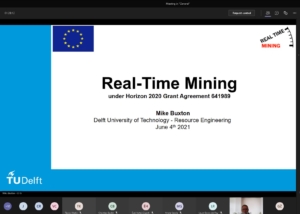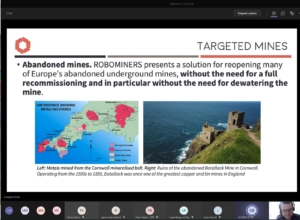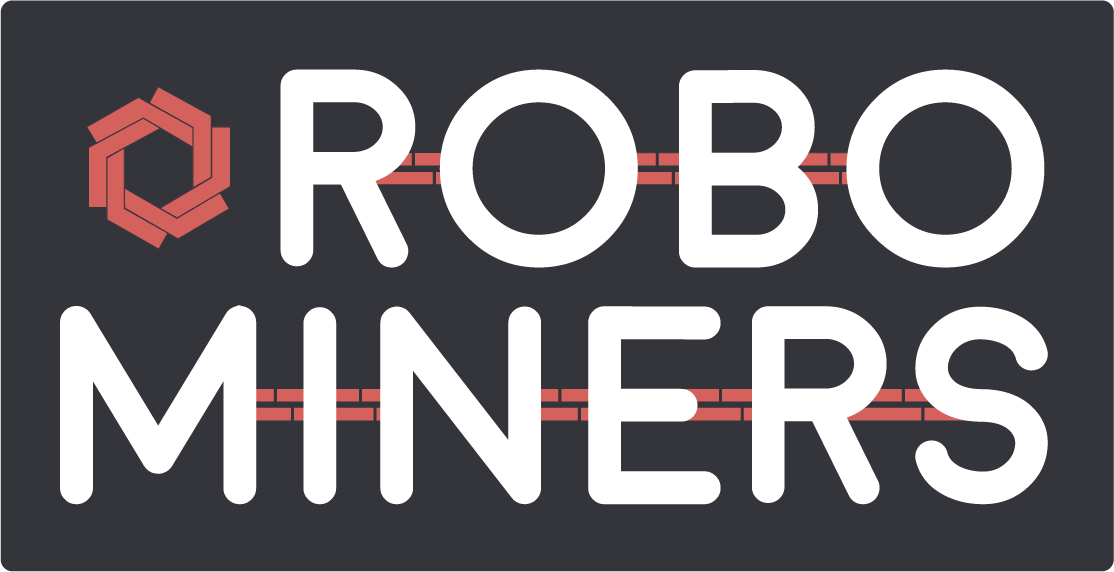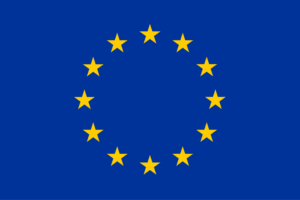The ROBOMINERS team invites you to take part in Round 2 of the project’s Delphi Survey.
The survey presents a series of statements about the future (2050) on topics relevant for the vision and implementation of the ROBOMINERS technology line.
This survey builds upon the comments and statistics made by the experts in Round 1. You can find the statistics and highlights from the previous Round in the following document.
This second round is also the last round of this survey. Afterwards, all data will be processed and a final document with the results will be produced.
Participation in the survey takes approximately 30 minutes and your answers will be kept strictly confidential and anonymous.
We invite you to submit your answers by 31 May 2022 here:
https://webgate.acceptance.ec.europa.eu/eusurvey/runner/ROBOMINERSDelphiSurvey2ndRound
About Delphi Surveys
The Delphi survey was originally developed as a technological forecasting technique, which aimed at reaching consensus over relevant technological developments. Nowadays, Delphi Surveys have expanded into a variety of modified approaches. However, at its core, the Delphi method stands out as a reliable method in situations where individual judgements must be elicited and combined to address an incomplete state of knowledge. The Delphi method is based on anonymous opinions of experts who are fed back the results of a round-based survey, allowing these experts to rethink their judgement and converge to consensus over key identified areas.
Are you an expert in the field of mineral raw materials or robotics?
We invite you to participate in the ROBOMINERS research efforts to improve a unique technology by participating in our Delphi Survey. The survey presents a series of statements about the future (2050) on topics relevant for the vision and implementation of the ROBOMINERS technology line.
The Survey is part of a planned 2-round Delphi Survey that maps future development of uncertain but important areas for the ROBOMINERS development and implementation.
How to participate?
You can access the Delphi Survey at the following link.
Participation in the survey takes approximately 30 minutes and your answers will be kept strictly confidential and anonymous.
About Delphi Surveys
The Delphi survey was originally developed as a technological forecasting technique, which aimed at reaching consensus over relevant technological developments. Nowadays, Delphi Surveys have expanded into a variety of modified approaches. However, at its core, the Delphi method stands out as a reliable method in situations where individual judgements must be elicited and combined to address an incomplete state of knowledge. The Delphi method is based on anonymous opinions of experts who are fed back the results of a round-based survey, allowing these experts to rethink their judgement and converge to consensus over key identified areas.
The first ROBOMINERS-organised clustering event was held on 4th June. This was an online meeting, where the ROBOMINERS team met with other EU-funded projects (Horizon2020 and EIT RawMaterials) to share experiences and ideas, and create synergies for future collaboration on topics of relevance for the implementation of such projects.
The clustering event started with a welcome note and introduction by ROBOMINERS coordinator Claudio Rossi. The project’s objectives, approach, development, and implementation plans were shown to the participants. To this, the other projects’ presentations followed, in order to have everyone at the same knowledge-level. The clustered projects included: AlSiCal, Badger, CHPM2030, Dig_IT, ION4RAW, Real-Time mining, UNEXUP, X-Mine.


A Questions & Answers session, moderated by ROBOMINERS, created the opportunity to ask questions about the work done within the projects, identify common challenges and issues, and align ideas for collaboration.
This event results from the clustering efforts that have been made since the beginning of ROBOMINERS. More clustering events – online and in person – can be expected for the future.
If you are interested in learning more about ROBOMINERS and exchange information, please contact us!
On 18 February, the ROBOMINERS project organised a webinar on “Small and very-small scale robotic mining: deposit types and opportunities for Europe”.
The recording is now available on our YouTube channel and you may download the presentations here:
- Potential targets of small-scale robotic mining – a European outlook – Eva Hartai, University of Miskolc
- Challenges of reopening an old mine – The Jales gold mine – José Mário Castelo Branco, Geologia e Geotechnica Consultores LDA.
- Mineral project development – Edmund Sides, PERC
- Robots for small deposits in abandoned mines – Stephen Henley, RCI
- Claudio Rossi, Universidad Politécnica de Madrid
- Vitor Correia, European Federation of Geologists
- Giorgia Stasi, Geological Survey of Belgium/Royal Belgian Institute of Natural Sciences
-
Jussi Aaltonen, Tampere University



